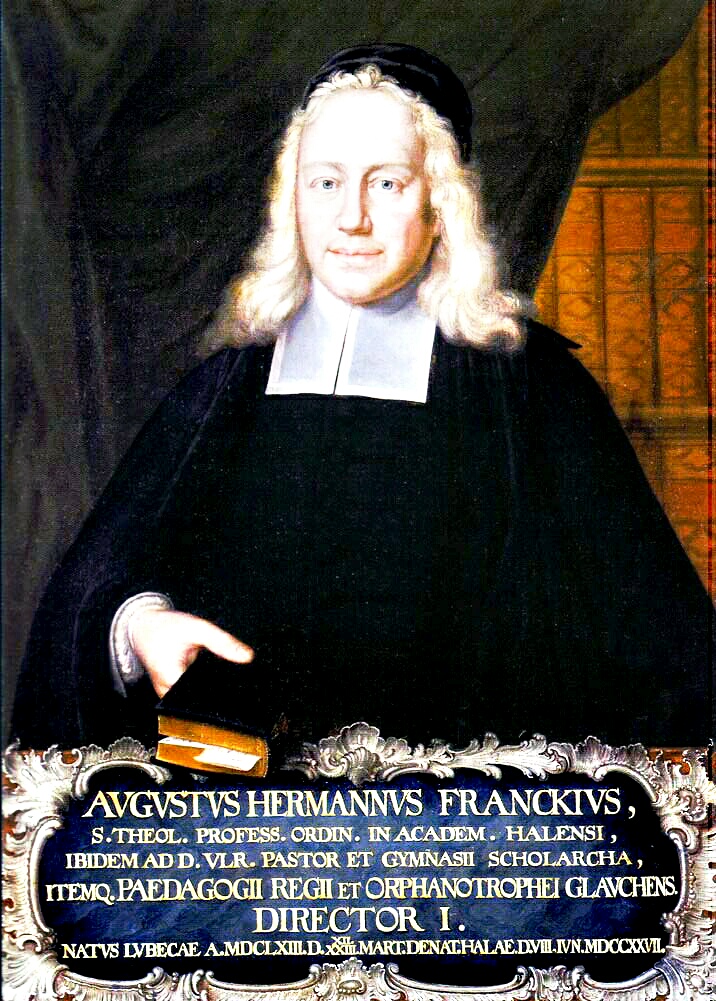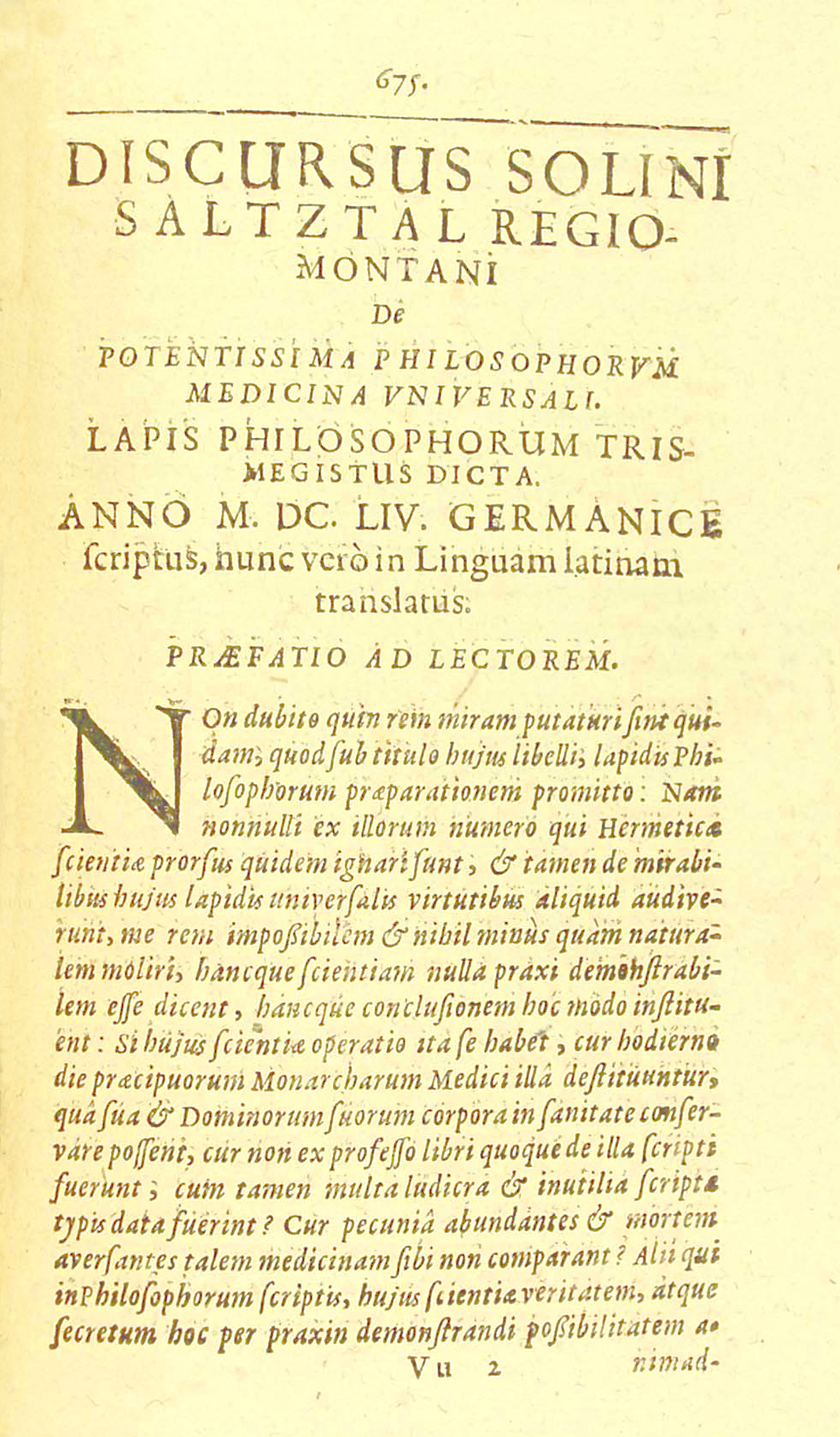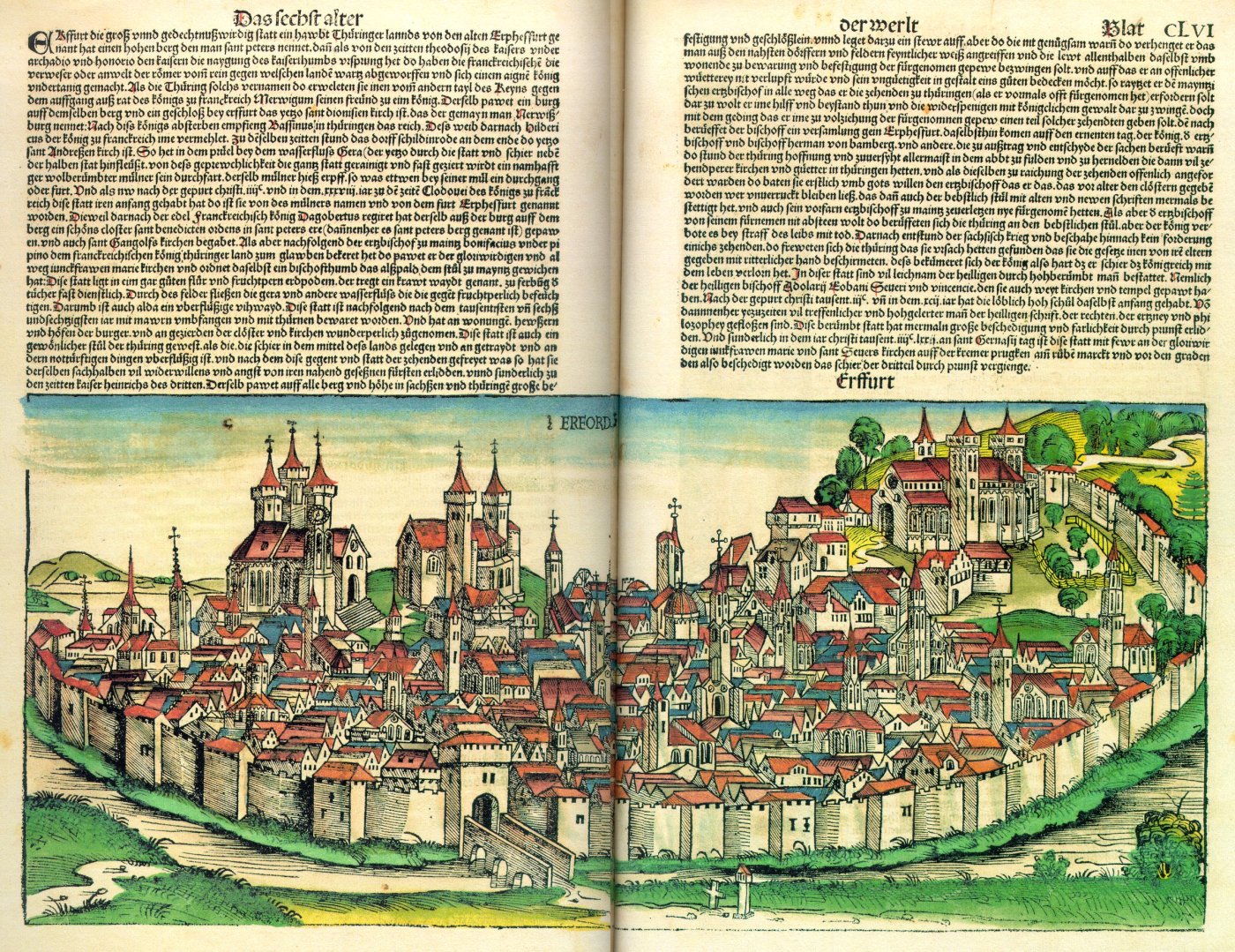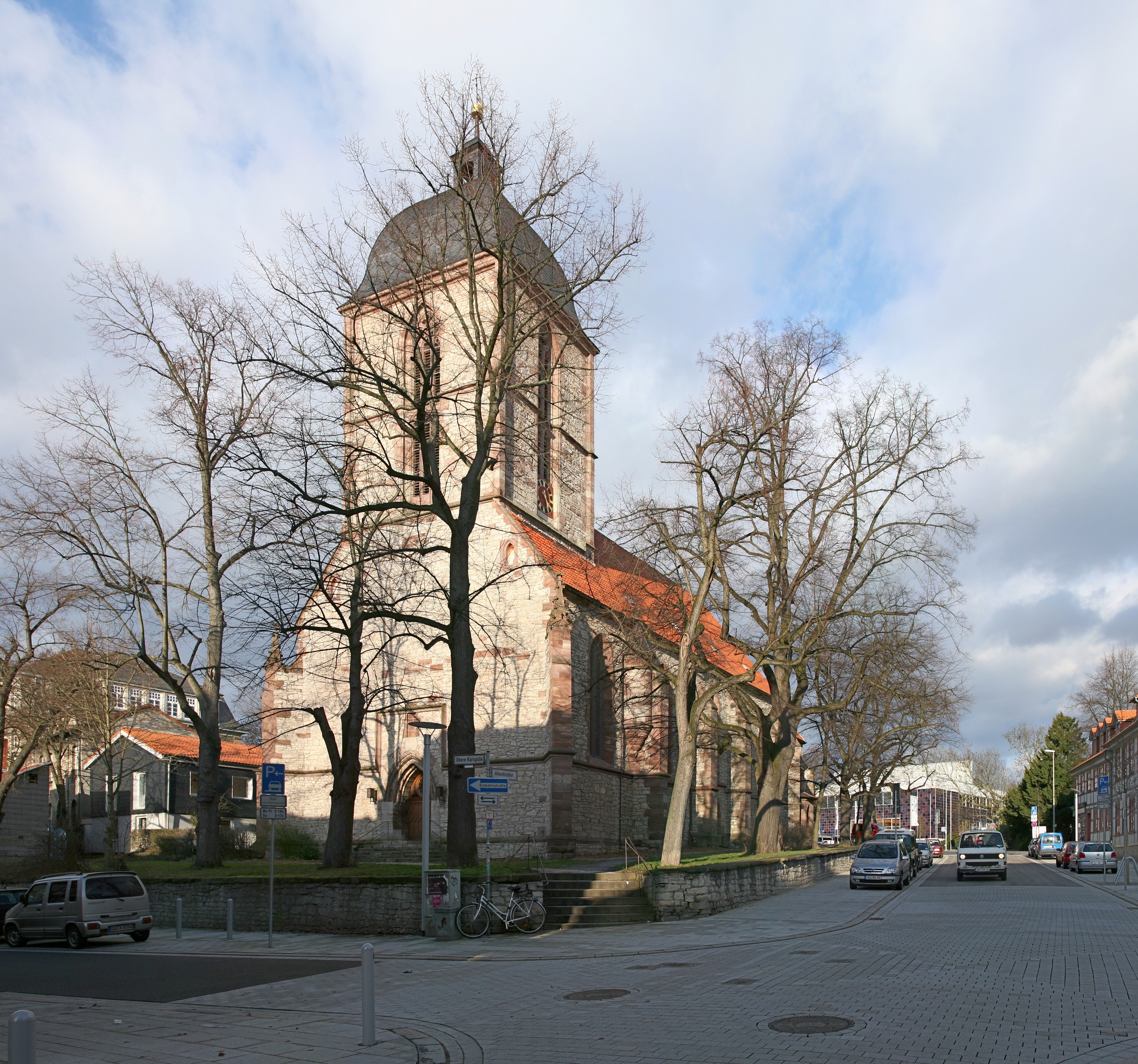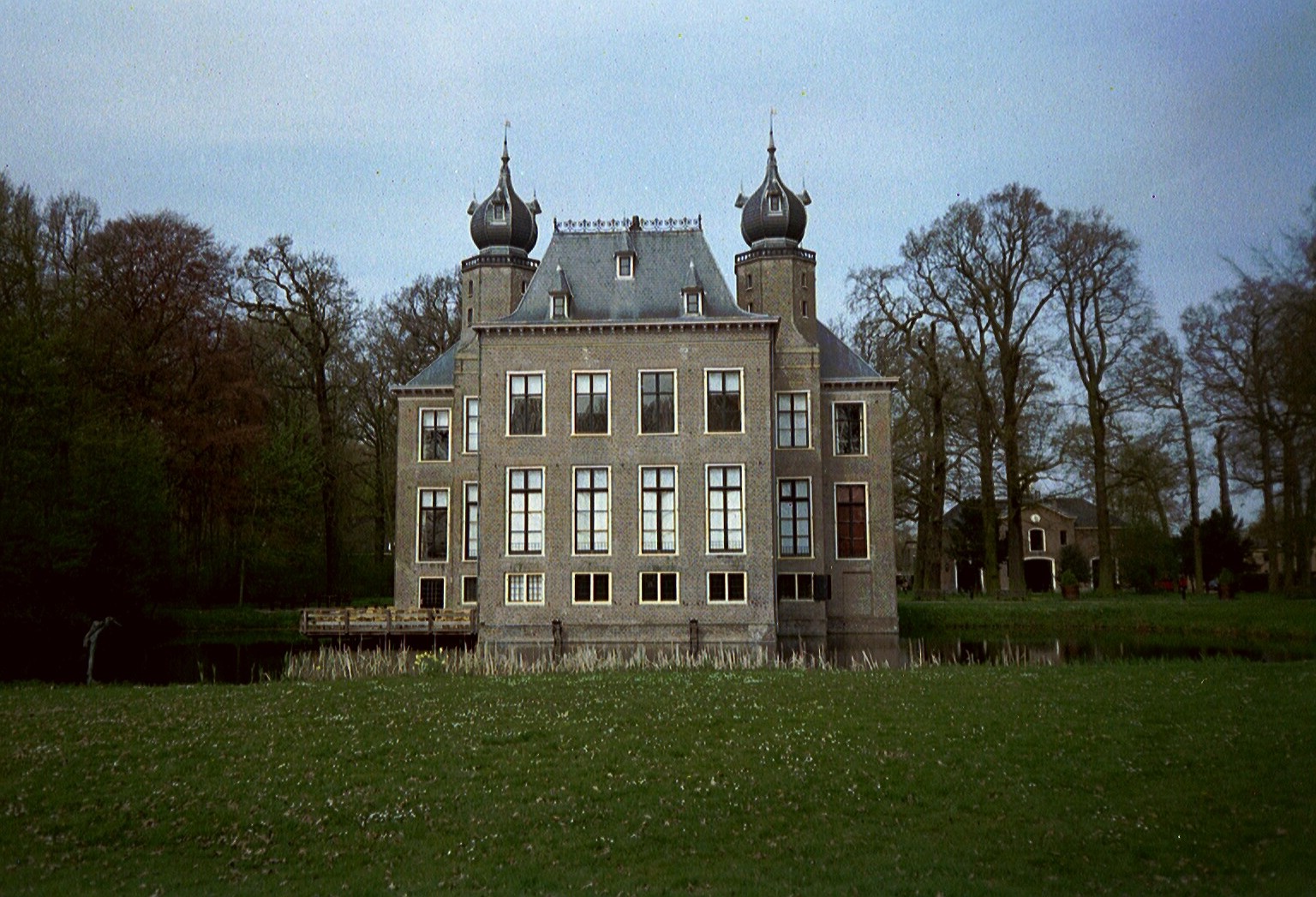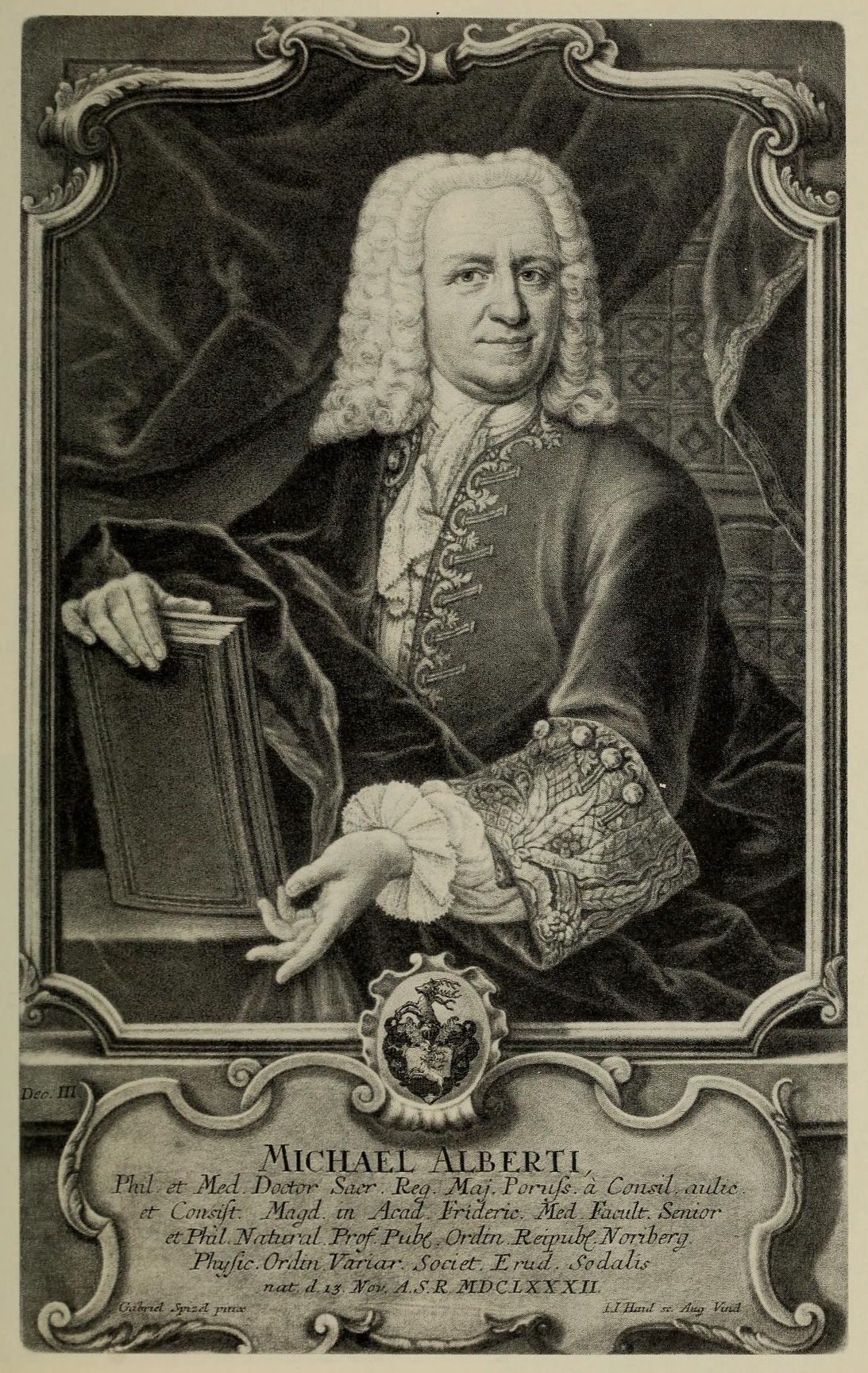|
Johann Juncker
Johann Juncker (23 December 1679 in Londorf, Hesse – 25 October 1759 in Halle) was a German physician and chemist. Juncker was a leader in the Pietist reform movement as it applied to medicine. He directed the Francke Foundations and initiated approaches to medical practice, charitable treatment, and education at the University of Halle that influenced others internationally. He was a staunch proponent of Georg Ernst Stahl and helped to more clearly present Stahl's phlogiston theory of combustion. Early life and education Johann Juncker was born on 23 December 1679 to Johann Ludwig Juncker, a well-to-do tenant farmer in Londorf, near Giessen. Juncker went to school in Allendorf and Obernhof, before attending the Pädagogium in Giessen for four years. The head of the institution at that time, J. H. May, was a Pietist. A dissident evangelical reform movement, Pietism emphasized the practical application of theology and active charitable work. Juncker attended the University ... [...More Info...] [...Related Items...] OR: [Wikipedia] [Google] [Baidu] |
Hesse
Hesse or Hessen ( ), officially the State of Hesse (), is a States of Germany, state in Germany. Its capital city is Wiesbaden, and the largest urban area is Frankfurt, which is also the country's principal financial centre. Two other major historic cities are Darmstadt and Kassel. With an area of 21,114.73 square kilometers and a population of over six million, it ranks seventh and fifth, respectively, among the sixteen German states. Frankfurt Rhine-Main, Germany's second-largest metropolitan area (after Rhine-Ruhr), is mainly located in Hesse. As a cultural region, Hesse also includes the area known as Rhenish Hesse (Rheinhessen) in the neighboring state of Rhineland-Palatinate. Etymology The German name , like the names of other German regions ( "Swabia", "Franconia", "Bavaria", "Saxony"), derives from the dative plural form of the name of the inhabitants or German tribes, eponymous tribe, the Hessians (, singular ). The geographical name represents a short equivalent o ... [...More Info...] [...Related Items...] OR: [Wikipedia] [Google] [Baidu] |
August Hermann Francke
August Hermann Francke (; 22 March 1663 – 8 June 1727) was a German Lutheran clergyman, theologian, philanthropist, and Biblical scholar. His evangelistic fervour and pietism got him expelled as lecturer from the universities of Dresden and Leipzig and as deacon from Erfurt. In 1691 he found his calling at the University of Halle, where he turned towards the education of underprivileged children; he founded an orphan asylum, a Latin school, a German school (or burgher school), a ''Gynaeceum'', the first Protestant higher girls school, and a seminary for training teachers. Francke's schools provided a prototype, which greatly influenced later German education. Early life and education Born in Lübeck in 1663, Francke was educated at the Illustrious Gymnasium in Gotha before he studied at the universities of Erfurt and Kiel — where he came under the influence of the Pietist — and finally University of Leipzig. During his student career he made a special study o ... [...More Info...] [...Related Items...] OR: [Wikipedia] [Google] [Baidu] |
Johann Joachim Becher
Johann Joachim Becher (; 6 May 1635 – October 1682) was a German physician, alchemist, precursor of chemistry, scholar, polymath and adventurer, best known for his ''terra pinguis'' theory which became the phlogiston theory of combustion, and his advancement of Austrian cameralism. Early life and education Becher was born in Speyer during the Thirty Years War. His father was a Lutheran minister and died when Becher was a child. At the age of thirteen Becher found himself responsible not only for his own support but also for that of his mother and two brothers. He learned and practiced several small handicrafts, devoted his nights to study of the most miscellaneous description and earned a pittance by teaching. In 1654, at the age of nineteen, he published the ''Discurs von der Großmächtigen Philosophischen Universal-Artzney / von den Philosophis genannt Lapis Philosophorum Trismegistus'' (discourse about the almighty philosophical and universal medicine by the philosopher ... [...More Info...] [...Related Items...] OR: [Wikipedia] [Google] [Baidu] |
Vitalism
Vitalism is a belief that starts from the premise that "living organisms are fundamentally different from non-living entities because they contain some non-physical element or are governed by different principles than are inanimate things." Where vitalism explicitly invokes a vital principle, that element is often referred to as the "vital spark", "energy", "'' élan vital''" (coined by vitalist Henri Bergson), "vital force", or "''vis vitalis''", which some equate with the soul. In the 18th and 19th centuries, vitalism was discussed among biologists, between those who felt that the known mechanics of physics would eventually explain the difference between life and non-life and vitalists who argued that the processes of life could not be reduced to a mechanistic process. Vitalist biologists such as Johannes Reinke proposed testable hypotheses meant to show inadequacies with mechanistic explanations, but their experiments failed to provide support for vitalism. Biologists now ... [...More Info...] [...Related Items...] OR: [Wikipedia] [Google] [Baidu] |
Uterine Prolapse
Uterine prolapse is a form of pelvic organ prolapse in which the uterus and a portion of the upper vagina protrude into the vaginal canal and, in severe cases, through the opening of the vagina. It is most often caused by injury or damage to structures that hold the uterus in place within the pelvic cavity. Symptoms may include vaginal fullness, pain with sexual intercourse, difficulty urinating, and urinary incontinence. Risk factors include older age, pregnancy, vaginal childbirth, obesity, chronic constipation, and chronic cough. Prevalence, based on physical exam alone, is estimated to be approximately 14%. Diagnosis is based on a symptom history and physical examination, including pelvic examination. Preventive efforts include managing medical risk factors, such as chronic lung conditions, smoking cessation, and maintaining a healthy weight. Management of mild cases of uterine prolapse include pelvic floor therapy and pessaries. More severe cases may require surgical interv ... [...More Info...] [...Related Items...] OR: [Wikipedia] [Google] [Baidu] |
Erfurt
Erfurt () is the capital (political), capital and largest city of the Central Germany (cultural area), Central German state of Thuringia, with a population of around 216,000. It lies in the wide valley of the Gera (river), River Gera, in the southern part of the Thuringian Basin, north of the Thuringian Forest, and in the middle of a line of the six largest Thuringian cities ('':de:Thüringer Städtekette, Thüringer Städtekette''), stretching from Eisenach in the west, via Gotha, Erfurt, Weimar and Jena, to Gera in the east. Together with Kassel and Göttingen, it is one of the cities with more than 100,000 inhabitants lying closest to the geographic centre of Germany. Erfurt is south-west of Leipzig, north-east of Frankfurt, south-west of Berlin and north of Munich. Erfurt's old town is one of the best preserved medieval city centres in Germany. The Gera (river), Gera is spanned by the Krämerbrücke, Merchants' Bridge (''Krämerbrücke''), one of the rare bridges with ho ... [...More Info...] [...Related Items...] OR: [Wikipedia] [Google] [Baidu] |
Jena
Jena (; ) is a List of cities and towns in Germany, city in Germany and the second largest city in Thuringia. Together with the nearby cities of Erfurt and Weimar, it forms the central metropolitan area of Thuringia with approximately 500,000 inhabitants, while the city itself has a population of about 110,000. Jena is a centre of education and research. The University of Jena (formally the Friedrich Schiller University) was founded in 1558 and had 18,000 students in 2017 and the Ernst-Abbe-Hochschule Jena serves another 5,000 students. Furthermore, there are many institutes of the leading German research societies. Jena was first mentioned in 1182 and stayed a small town until the 19th century, when industry developed. For most of the 20th century, Jena was a world centre of the optical industry around companies such as Carl Zeiss AG, Carl Zeiss, Schott AG, Schott and Jenoptik (since 1990). As one of only a few medium-sized cities in Germany, it has some high-rise buildings in t ... [...More Info...] [...Related Items...] OR: [Wikipedia] [Google] [Baidu] |
Göttingen
Göttingen (, ; ; ) is a college town, university city in Lower Saxony, central Germany, the Capital (political), capital of Göttingen (district), the eponymous district. The River Leine runs through it. According to the 2022 German census, the population of Göttingen was 124,548. Overview The origins of Göttingen lay in a village called ''Gutingi, ''first mentioned in a document in 953 AD. The city was founded northwest of this village, between 1150 and 1200 AD, and adopted its name. In Middle Ages, medieval times the city was a member of the Hanseatic League and hence a wealthy town. Today, Göttingen is famous for its old university (''Georgia Augusta'', or University of Göttingen, "Georg-August-Universität"), which was founded in 1734 (first classes in 1737) and became the most visited university of Europe. In 1837, seven professors protested against the absolute sovereignty of the House of Hanover, kings of Kingdom of Hanover, Hanover; they lost their positions, but ... [...More Info...] [...Related Items...] OR: [Wikipedia] [Google] [Baidu] |
Berlin
Berlin ( ; ) is the Capital of Germany, capital and largest city of Germany, by both area and List of cities in Germany by population, population. With 3.7 million inhabitants, it has the List of cities in the European Union by population within city limits, highest population within its city limits of any city in the European Union. The city is also one of the states of Germany, being the List of German states by area, third smallest state in the country by area. Berlin is surrounded by the state of Brandenburg, and Brandenburg's capital Potsdam is nearby. The urban area of Berlin has a population of over 4.6 million and is therefore the most populous urban area in Germany. The Berlin/Brandenburg Metropolitan Region, Berlin-Brandenburg capital region has around 6.2 million inhabitants and is Germany's second-largest metropolitan region after the Rhine-Ruhr region, as well as the List of EU metropolitan areas by GDP, fifth-biggest metropolitan region by GDP in the European Union. ... [...More Info...] [...Related Items...] OR: [Wikipedia] [Google] [Baidu] |
Herman Boerhaave
Herman Boerhaave (, 31 December 1668 – 23 September 1738Underwood, E. Ashworth. "Boerhaave After Three Hundred Years." ''The British Medical Journal'' 4, no. 5634 (1968): 820–25. .) was a Dutch chemist, botanist, Christian humanist, and physician. He is sometimes regarded as the founder of clinical teaching and of the modern academic hospital along with Venetian physician Santorio Santorio (1561–1636). Boerhaave introduced the quantitative approach into medicine, along with his pupil Albrecht von Haller (1708–1777). He was the first to isolate the chemical urea from urine. He was the first physician to put thermometer measurements to clinical practice. His motto was ''Simplex veri sigillum'': 'Simplicity is the sign of the truth'. He is often hailed as the "Dutch Hippocrates". Biography Boerhaave was born at Voorhout near Leiden. The son of a Protestant pastor, in his youth Boerhaave studied for a divinity degree and wanted to become a preacher.Mendelsohn, p. 287 Af ... [...More Info...] [...Related Items...] OR: [Wikipedia] [Google] [Baidu] |
Michael Alberti
Michael Alberti (13 November 1682 – 17 May 1757) was a German pietist physician and theologian. Alberti became an ardent follower of Stahl's school of medical theory which considered the soul as having control on the body. Therapies involved dealing with the internal senses and feelings. Along with his students he produced nearly 300 dissertations. Life and work Alberti was born in Nuremberg where his father Paul Martin was Protestant preacher. A brother Paul Martin (d. 1729) served as Archdeacon of Hersbruck while another, August (d. 1738) served as Archdeacon of St. Lorenz. Alberti also trained for the clergy at Altdorf and in 1701 he published ''Modum dirigendi omnes actiones nostras ad gloriam Dei'' ("The Way to Direct All Our Actions to the Glory of God"). He then moved to Jena where he studied medicine and was influenced by Georg Wolfgang Wedel, the teacher of Georg Ernst Stahl. Stahl's teaching contrasted the iatromechanistic approaches that were in their infancy at the ... [...More Info...] [...Related Items...] OR: [Wikipedia] [Google] [Baidu] |
Bad Pyrmont
Bad Pyrmont (, also: ; West Low German: ) is a town in the district of Hamelin-Pyrmont, in Lower Saxony, Germany, with a population close to 19,000. It is located on the river Emmer (Weser), Emmer, about west of the Weser. Bad Pyrmont is a popular destination spa, spa resort that gained its reputation as a fashionable place for princely vacations in the 17th and 18th centuries. The town is also the center of the Religious Society of Friends (Quakers) in Germany. History Formerly called Pyrmont, it was the seat of a small county during much of the Middle Ages. The county gained its independence from the in 1194. Independence was maintained until the extinction of the comital line in 1494, when the county was inherited by the . In 1557, the county was inherited by County of Lippe, Lippe, then by the County of Gleichen in 1583. In 1625, the county became part of the much larger County of Waldeck (state), Waldeck through inheritance. In 1668, the (Imperial Chamber Court) ruled aga ... [...More Info...] [...Related Items...] OR: [Wikipedia] [Google] [Baidu] |
